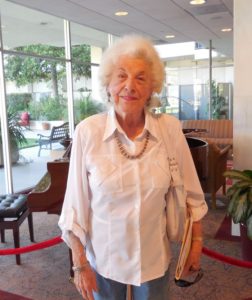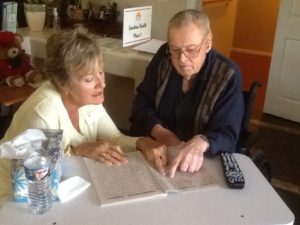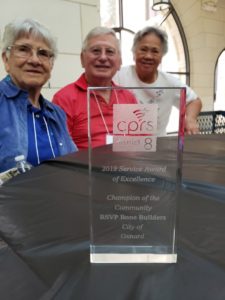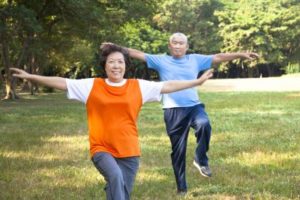by Kenneth I. Moch, President and CEO of Cognition Therapeutics
More than 120,000 Americans will lose their battle to Alzheimer’s disease this year. This debilitating condition is the nation’s sixth-leading cause of death.
Nationwide, someone in the United States develops Alzheimer’s disease every 65 seconds. Nearly 6 million Americans currently live with this devastating condition. By 2050, that number could skyrocket to nearly 14 million, costing the country well over $1 trillion annually.
To avoid this societal tsunami, we need to find a cure for Alzheimer’s. Unfortunately, our leaders in Washington are considering policies that would make it nearly impossible for scientists to develop such treatments.
The path to discovering the next Alzheimer’s breakthrough is paved with peril. Innovative companies of all sizes have tried, but not one of nearly 90 programs launched over the past 15 years has succeeded. The cumulative estimated cost of developing a new Alzheimer’s drug is nearly $6 billion — twice the cost of developing the average drug.
Despite these astronomical costs and disheartening odds, many are striving to conquer this disease. For example, my team at Cognition Therapeutics, a clinical-stage neuroscience company in Pennsylvania, is working on a novel approach to protecting and restoring synapses — the brain’s electrical circuitry — in Alzheimer’s disease.
There are approximately 70 clinical-stage Alzheimer’s research programs underway. These trials seek to stop, prevent, or slow the progression of the disease. Small biotech companies like mine account for almost 80 percent of these programs.
Several government proposals threaten to stifle these advances.
The Trump administration wants to tie Medicare reimbursements for certain drugs to the reimbursement rates in other developed countries, where government officials use price controls to keep drug costs artificially low.
Meanwhile, some in Congress want to overhaul how Medicare pays for drugs. Right now, Medicare drug prices are set through negotiations between drug makers and insurance companies. These intense negotiations work extremely well in driving down costs for patients and taxpayers. It’s why the Medicare prescription drug program is so popular with seniors and has come in under budget.
However, under a proposal popular on Capitol Hill, the Secretary of Health and Human Services would be empowered to directly negotiate the price for hundreds of drugs. The federal government would likely set prices well below a drug’s fair market value, and its decisions would be final and legally binding.
These policies would prove disastrous for Alzheimer’s researchers, who already struggle to attract funding for their projects. From 2008 to 2017, U.S. biotech startups that research Alzheimer’s drummed up just one-sixteenth as much venture capital funding as startups researching cancer, even though Alzheimer’s currently costs our healthcare system over twice as much as cancer.
It’s important to ensure that medicines are affordable. But there won’t be any breakthrough medicines if we adopt policies that dissuade investors from funding risky research projects.
Brilliant scientists are working tirelessly to deliver new treatments to patients in need. Painting these innovators as villains may be good politics, but it hinders their ability to save and improve lives.
We also can never lose sight of the needs of our family and friends who are suffering from Alzheimer’s disease — or will in the years to come. There are millions of people who, like me, have watched as the essence of a loved one slips away.
We are on the cusp of medical breakthroughs that will benefit current and future generations — as long as our leaders don’t discourage scientists and investors from tackling the world’s most devastating and debilitating diseases.
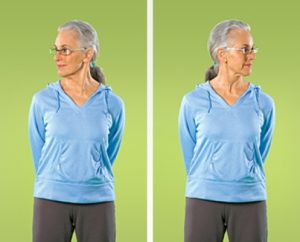 This easy stretch can help relieve tension in your neck. Try to stretch after strength training and during any activity that makes you feel stiff, such as sitting at a desk.
This easy stretch can help relieve tension in your neck. Try to stretch after strength training and during any activity that makes you feel stiff, such as sitting at a desk.